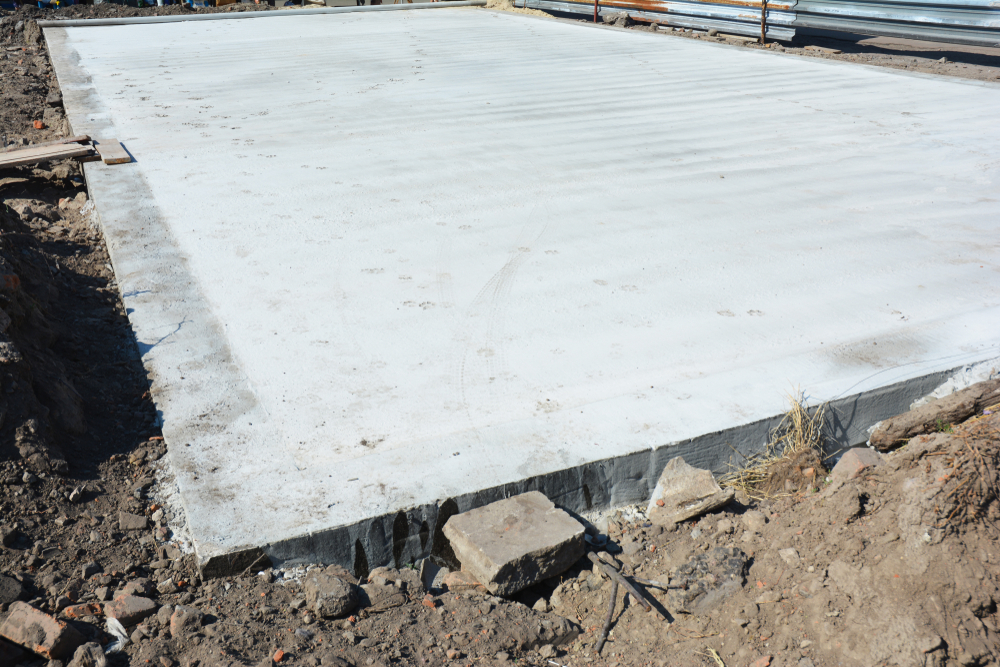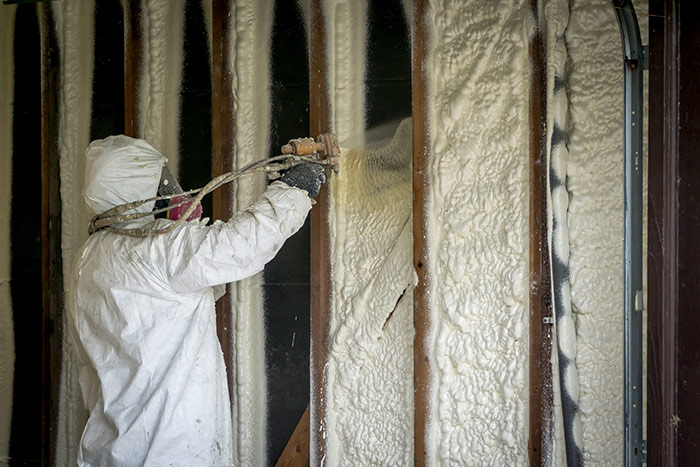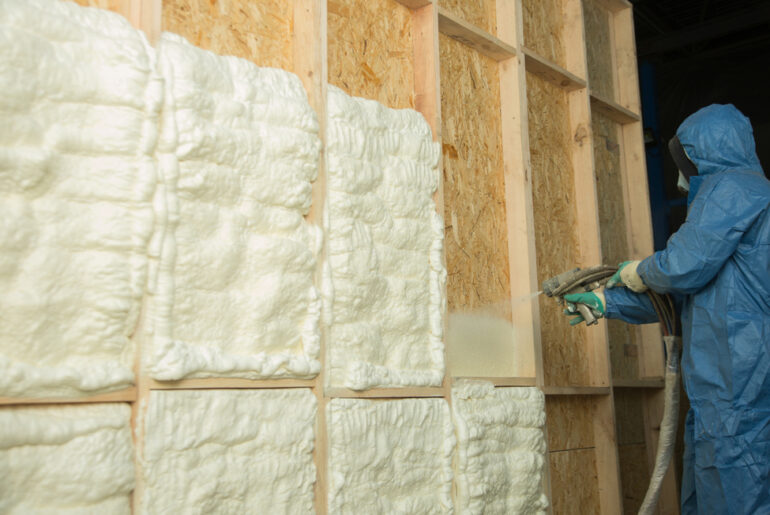If there’s one thing you want to get right, it’s the level of your concrete. After all, concrete is heavy, and it can be hard to move. But what happens when corrosion or compression ruins the level of your concrete?
Expanding foam is a popular method for concrete leveling, particularly among DIY enthusiasts. By spraying expanding foam into an open space beneath a concrete slab, you fill the void and crevices with a reliable, long-lasting, and waterproof material that can handle all but the most extreme weather circumstances.
In certain, more severe scenarios, it may not be the best option for your concrete, but if you want a quick solution, expanding foam is an excellent choice.
What situations are not optimal for expanding foam? What tools do you need to level concrete with expanding foam? What other routes can I take?
Read on to learn everything that you need to know about leveling concrete with expanding foam.
Is It A Good Idea To Use Expanding Foam For Concrete Leveling?
Expanding foam is a popular choice for concrete leveling for a reason. It is a sturdy, fast-curing material that will not settle like other leveling materials, which prevents further leveling issues.
By spraying expanding foam into an open space beneath a concrete slab, you fill the void with a durable, long-lasting, and waterproof material that can handle most extreme weather circumstances such as extreme hot or cold.
Of course, one thing to consider is that expanding foam is often available in small volumes. If your concrete slab is severely tilted or you have a large area that is no longer level, consider an alternate path, such as grout.
Additionally, polyurethane foam emits toxic gasses while curing. If you are leveling a concrete slab in an indoor area, consider leaving the room vacant during the curing process, roughly 24 hours.
How to Properly Level Concrete With Spray Foam
Leveling concrete with expanding foam is not challenging if you have the time and proper tools. However, you have one significant decision to make beforehand. Do you want to spray your foam or pour it?
Some brands manufacture bottles of closed-cell expanding polyurethane that can easily fill medium to large concrete voids.
These containers are ideal for filling small to medium-sized concrete voids but lack the flexibility of a nozzle that a traditional can of spray foam provides.
What Tools Do I Need?
Once you have decided upon which type of expanding foam to use, you need to gather the rest of your tools.
If you are a traditional home handyman, you may not have all of these tools around your home, but you can easily find them all at your local home improvement store.
You will need:
- A masonry drill bit, either ½” or ⅝”
- A hammer drill
- A level
- A shop vac
- A concrete jack
- Concrete mix
Step 1. Drill Holes Through The Concrete
Your first step is to use your drill bit and rock drill to drill a series of holes through the affected concrete slab. These holes will be where you pour your expanding foam.
There is no defined amount of holes you should drill, but one dime-sized hole every four or five inches should work fine.
Once you’ve drilled through, use your shop vac to clean up your workspace. Save some of the concrete dust to add to your concrete mix for stability.
If you can see directly under your concrete from the side, you can skip this step and the next one- go straight to step three.
Step 2. Raise The Slab With A Concrete Jack
Next, you must use your concrete jack to raise your concrete slab to your desired level. If your concrete slab tilts into the ground, you made need to dig up to two feet of dirt along your slab to fit the jack.
Your expanding foam will raise your slab on its own, but the jack will help you achieve a perfect level by determining it before you start spraying.
However, you must not overfill and raise the slab too high- raising the pad is easy, but lowering it is particularly challenging.
Step 3. Fill Any Holes With Your Foam Of Choice
By now, you should have decided on which spraying foam to use and made the relevant purchase. At this point, you can pour or spray your expanding foam into the cavity via the holes you filled earlier.
If you can see the cavity from the side of your concrete slab, you can spray it directly into the cavity via its exposed portion and skip drilling holes altogether- though this may give you incomplete coverage if you cannot access all areas of the pad from the side.
Step 4. Fill Drilled Holes With Concrete
Once you have filled the cavity with expanding foam, you must fill the holes you drilled with your concrete mix. Remember to add the prior concrete dust for sturdiness and a seamless appearance.
If you have a grout bag, you can use it to minimize the amount of excess cement and reduce how much cleaning you have to do. Use a trowel to smooth over the surface of the cement and leave it to cure.
Ultimately, spray foam takes up to 24 hours to fully cure, but if your home is not in particularly humid or hot conditions you may direct traffic over your concrete again in as little as thirty minutes.
Alternative Ways to Level Concrete
Mudjacking
Mudjacking is an industry term for a process nearly identical to the one you’ve just read. However, this process uses a cement slurry that mixes soil and cement instead of spray foam.
Many professionals stand by mudjacking as a more permanent and thorough method of concrete leveling than expanding foam.
However, mudjacking is prone to settling and cracking, while expanding foam does not face these issues.
Leveling Compound
If your concrete slab is only slightly off-level, you can add a leveling compound to the top of it to bring it back to your standards.
Most leveling compounds are a form of aggregate-free concrete that dries stronger and faster than normal concrete, making them an excellent option for smaller tilts.





